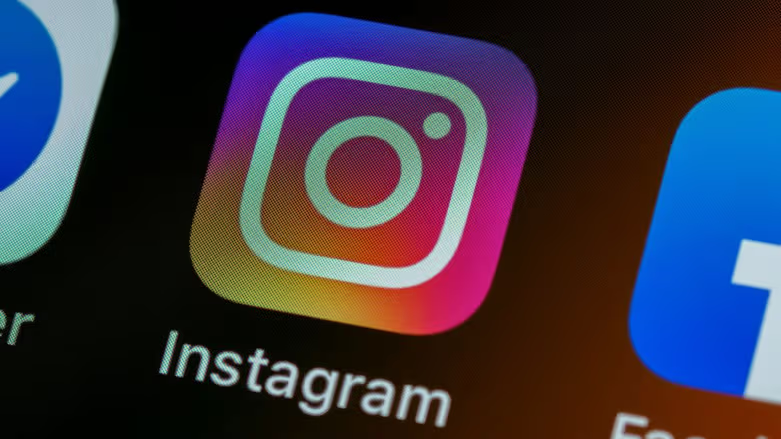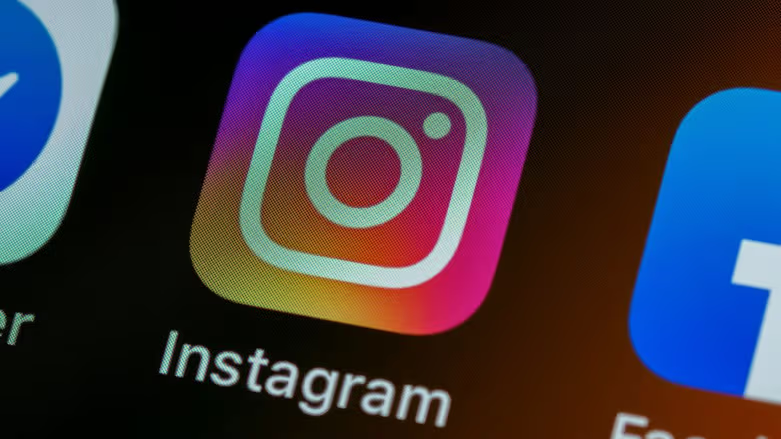Instagram is testing a new dislike button for comments, aiming to promote friendlier conversations. Confirmed by Instagram head Adam Mosseri, this feature is currently in the testing phase and not available to all users.
Table of Contents
How the Instagram Dislike Button Works
Instagram’s new dislike button for comments is designed to improve user experience and create a more positive environment on the platform. While social media platforms often focus on engagement through likes, shares, and comments, Instagram is taking a unique approach by introducing a feature that allows users to express disapproval without promoting negativity.
Private Dislikes:
The dislike button appears next to comments but without a visible count. No one, including the commenter or post owner, will know if you’ve tapped it. This privacy-focused approach ensures that the feature isn’t used for public shaming but rather for quietly signaling content that users find unhelpful, offensive, or irrelevant.
Instagram has emphasized that this feature is designed to reduce toxicity rather than encourage negative behavior. By keeping the dislike count private, the platform avoids creating an environment where users compete for approval or disapproval.

Comment Ranking:
One of the most significant impacts of the dislike button is how it affects comment ranking. Instagram might rank down disliked comments, pushing them to the bottom of the comment section. This ensures that negative or irrelevant comments are less visible, while constructive and positive comments remain prominent.
This ranking system could greatly improve the overall user experience, especially for creators and businesses who often face spammy or harmful comments. Instead of manually moderating each comment, the community can collectively signal which comments add value and which do not.
Improved Moderation:
This quiet filtering system could reduce negative interactions if used appropriately. Instagram’s dislike button complements its existing moderation tools, such as comment filtering, restricting users, and blocking specific accounts.
The dislike feature acts as a subtle way to moderate conversations without escalating conflicts. It allows users to express dissatisfaction without engaging in arguments or reporting comments, which can sometimes lead to further hostility.
Why Instagram Introduced the Dislike Button
The introduction of the dislike button is part of Instagram’s broader effort to create a safer and more inclusive platform. Social media platforms have long struggled with managing negative interactions, and Instagram is no exception.
According to Adam Mosseri, the goal is to “make comments more friendly on Instagram.” By providing users with a non-confrontational way to express disapproval, Instagram hopes to foster healthier conversations.
Several factors contributed to Instagram’s decision to introduce the dislike button:
- Combating Toxicity: Social media can sometimes become a breeding ground for negativity, with users leaving hurtful comments on posts. The dislike button helps users push such comments out of view without escalating the situation.
- Encouraging Constructive Feedback: While likes highlight positive engagement, the dislike button allows users to signal when a comment is unhelpful or irrelevant.
- Enhancing User Experience: By ranking down disliked comments, Instagram ensures that users see the most relevant and positive comments first.
- Supporting Content Creators: Creators often face spam, trolls, and irrelevant comments. The dislike button empowers their communities to help moderate comment sections.
User Reactions to the Dislike Button
As with any new feature, user reactions to the dislike button have been mixed. Some users appreciate the ability to quietly downvote inappropriate comments, while others worry about potential misuse.
Positive Reactions:
- Improved Comment Sections: Many users believe the dislike button will lead to cleaner, more positive comment sections. By pushing down spam and negativity, Instagram can become a more welcoming space.
- Non-Confrontational Moderation: Users appreciate the private nature of the dislike button. Unlike public downvotes, which can lead to shaming, Instagram’s approach keeps interactions discreet.
- Empowering Communities: The feature allows communities to self-moderate without relying solely on platform algorithms or manual moderation.
Concerns and Criticisms:
- Potential Misuse: Some users worry that the dislike button could be misused for personal vendettas. However, the private nature of the feature minimizes this risk.
- Lack of Transparency: Since the dislike count isn’t visible, users might question whether Instagram is accurately ranking comments based on dislikes.
- Effectiveness: Critics argue that the feature’s impact depends on how widely it’s adopted. If users don’t use the dislike button, it might not significantly affect comment sections.
How It Compares to Other Platforms
Instagram’s dislike button isn’t the first of its kind. Several other platforms have implemented similar features, each with its own approach and outcomes.
Reddit:
Reddit’s upvote and downvote system is one of the most well-known examples of community-driven content ranking. Upvotes push posts and comments to the top, while downvotes push them down. Unlike Instagram, Reddit displays the total vote count, making the ranking process more transparent.
YouTube:
YouTube has a dislike button for videos, but the platform recently removed the public dislike count to protect creators from mass disliking campaigns. This move aligns closely with Instagram’s approach, emphasizing user well-being over public metrics.
Twitter (now X):
Twitter (now X) experimented with a downvote button for replies, but it remained private and didn’t affect the visibility of tweets. Instagram’s system appears to be more impactful, as disliked comments might be pushed down in the comment section.
Will It Roll Out for Everyone?
Instagram hasn’t confirmed a full rollout yet. Currently, the feature is available to a limited group of users as part of the testing phase. Instagram will likely evaluate user feedback and the feature’s effectiveness before making a final decision.
If the dislike button proves successful, it could become a permanent feature, joining Instagram’s existing comment moderation tools. These include:
- Comment Filtering: Automatically hides comments containing specific keywords.
- Restricting Users: Limits interactions from specific users without notifying them.
- Blocking: Completely prevents unwanted users from interacting with your content.
- Comment Controls: Allows users to decide who can comment on their posts.
Other Instagram Updates
In addition to the dislike button, Instagram recently introduced Teen Accounts in India, designed for users under 16. These accounts have built-in restrictions, daily usage limits, Sleep Mode, and require parental approval for setting changes.
Key Features of Teen Accounts:
- Default Privacy Settings: Teen accounts are private by default, protecting users from unwanted interactions.
- Daily Usage Limits: Parents can set daily screen time limits to encourage healthy social media habits.
- Sleep Mode: Automatically disables notifications during designated hours.
- Parental Approval: Teens need parental consent to change privacy settings.
This initiative aligns with Instagram’s broader focus on user safety and well-being, especially for younger audiences.
What This Means for Content Creators and Businesses
For content creators and businesses, the dislike button could be a game-changer. It allows communities to self-moderate, reducing the burden of manual comment moderation.
Benefits for Creators:
- Cleaner Comment Sections: Disliked comments are pushed down, ensuring positive and relevant comments remain visible.
- Reduced Spam: Users can quietly downvote spammy comments, improving overall content quality.
- Better Engagement: By highlighting constructive comments, creators can foster healthier conversations.
Business Impact:
Brands can also benefit from the dislike button. By filtering out negative or irrelevant comments, businesses can maintain a positive brand image and improve customer interactions.
Final Thoughts: A Step Toward Safer Social Media
The Instagram dislike button represents a thoughtful approach to improving online interactions. By keeping dislikes private and using them to rank comments, Instagram aims to create a more positive and inclusive platform.
While the feature is still in testing, its potential impact on content moderation and user experience is promising. If Instagram rolls it out globally, users, creators, and businesses alike could benefit from cleaner, friendlier comment sections.
Stay tuned for further updates as Instagram continues to refine this feature and other initiatives aimed at enhancing user safety and engagement.








